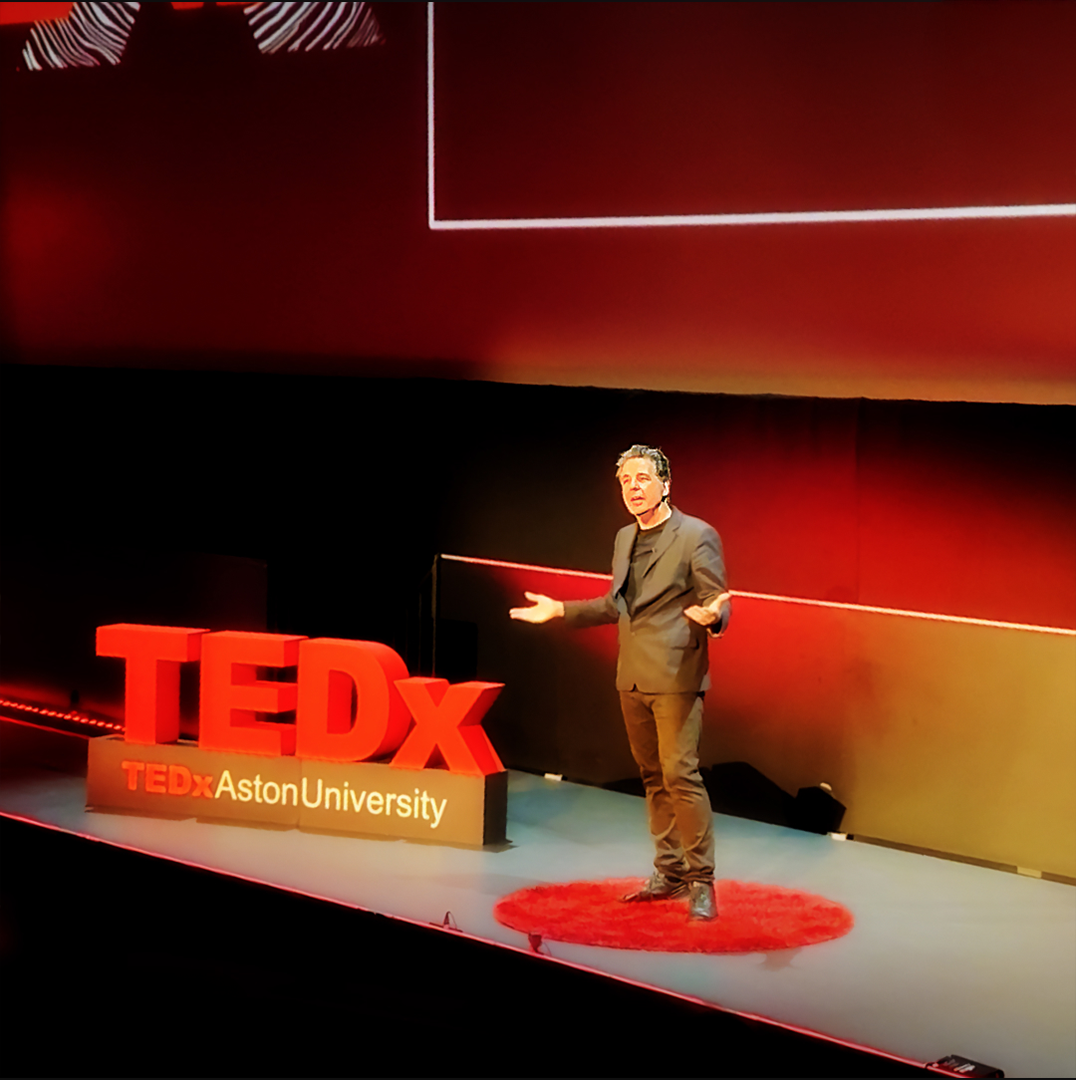In today's fast-paced digital landscape, marketers are constantly seeking ways to streamline processes, optimise resources, and maximise impact. By understanding and harnessing the power of Heuristics, we unlock the potential to elevate marketing strategies, captivate audiences, and drive unparalleled results.
Navigating Consumer Behaviour: How Heuristics Shape Choices in the Marketplace
Heuristics are the ingenious mental shortcuts we employ to navigate the complexities of decision-making swiftly and efficiently. They're like the secret sauce of our cognitive processes, drawing upon our past experiences and knowledge to guide us in the present moment.
Amidst the vast landscape of cognitive shortcuts lies a cautionary tale - the "Jaws" effect. Picture this: a shark attack sends ripples of fear through a community, prompting beachgoers to steer clear of the water, convinced that danger lurks beneath the surface. This vivid imagery, perpetuated by Steven Spielberg's 1975 classic, instils a primal fear, overshadowing the statistical reality that coconut-related accidents claim far more lives each year.
Indeed, not all heuristics lead us down the path of rationality. Some, like the "Jaws" effect, demonstrate how our perceptions can be distorted by vivid and emotionally charged stimuli. But what does this mean for consumer behaviour? How do these mental shortcuts influence the choices we make in the marketplace?
Heuristic-Driven Consumer Behaviour: Understanding and Leveraging Cognitive Shortcut
In this article, we delve into the fascinating realm of heuristic-driven consumer behaviour. We explore how marketers can harness the power of these cognitive shortcuts to steer consumer decisions and drive business growth.
Availability Heuristic: Shaping Consumer Decisions Through Familiarity
The fascinating phenomenon of availability heuristics unveils how our judgments can be swayed by the ease with which certain information comes to mind. Just as the "Jaws" effect can shape our perceptions of an entire species despite limited real-life encounters, availability heuristics wield a remarkable influence over consumer behaviour.
Consider the omnipresence of brand endorsements in the realm of sports. From Nike to Adidas, these brands saturate our consciousness through celebrity endorsements, advertisements, and social media presence. As consumers, we're bombarded with fragments of these brands, imprinting them deeply in our minds. So, when the need arises for a new pair of running shoes, it's no surprise that Nike or Adidas are the first names that spring to mind. Despite potentially better options in terms of sports technology or suitability, the familiarity of these brands often makes them our default choice in the consumer journey.
Moreover, the impact of availability heuristics extends into the digital realm, shaping the online customer journey. When users land on a website, they instinctively seek out familiar cues to gauge its authenticity and usability. Subtle design elements, navigation patterns, and overall user experience play a pivotal role in shaping the user's perception. Even if a website harbours no malicious intent, a disjointed user experience can deter users from proceeding with an online purchase. Elements that evoke a sense of familiarity are crucial in retaining users and guiding them seamlessly through the digital landscape.
Representative Heuristic: Influencing Consumer Behaviour Through Prototypes
The representative heuristic, a cognitive shortcut ingrained in our decision-making process, plays a significant role in how we perceive probabilities and categorise people and objects based on familiar prototypes. Picture a gambler at the blackjack table, having experienced a string of losses. Despite the odds, they might believe that a win is imminent because, in their mind, six consecutive losses seem less probable than a change in fortune.
In the realm of marketing, savvy brands capitalise on stereotypes and representative heuristics to drive consumer purchasing behaviour. Take, for instance, Aldi's strategic move with Cuthbert the Caterpillar cakes, a playful jab at M&S's iconic Colin the Caterpillar cake. By tapping into the recognisable caterpillar cake category and leveraging consumer associations, Aldi not only challenged M&S's dominance but also sparked social media buzz and positive brand sentiment. The outcome? Aldi witnessed a notable increase in brand sentiment and sales, while M&S experienced a decline in news sentiment and purchase consideration.
Similarly, some brands disrupt conventional markets by defying representative heuristics and challenging consumer perceptions. Consider Liquid Death, a canned water company that boldly disrupts the serene imagery associated with traditional bottled water. Instead of tranquil springs and pristine mountain vistas, Liquid Death embraces a rebellious, energy drink-inspired aesthetic. By juxtaposing itself against the soothing natural spring water narrative, Liquid Death carves out a distinctive niche in the bottled water market, fueled by a purpose-driven mission to combat plastic pollution and inject humour into hydration. This unconventional approach has propelled Liquid Death's rapid ascent in a saturated market, demonstrating the power of cut-through marketing and the willingness to challenge industry norms.
Anchoring and Adjustment Heuristic: Influencing Perceptions Through Initial Information
This heuristic operates on the principle that our exposure to an initial piece of information, or "anchor," influences how we interpret subsequent information.
In the realm of commerce, anchoring heuristics manifest in various ingenious ways to sway consumer purchasing decisions. Take, for instance, the classic pricing strategy of charging £9.99 instead of £10, exploiting the psychological perception that £10 seems significantly more expensive. Similarly, offering a 10% discount on a TV creates a perception of a bargain for consumers, enticing them to make a purchase they might otherwise hesitate over.
One striking example of anchoring heuristics is the use of Recommended Retail Prices (RRP) within the fashion industry, particularly evident in major designer outlets. These outlets strategically set exorbitant initial prices to convey an aura of exclusivity and luxury. By anchoring their prices at such high levels, they tap into consumers' tendency to equate higher prices with superior quality and status. Displaying the original price alongside the discounted price reinforces the perception of value, prompting consumers to perceive the discounted price as a bargain and incentivising them to make a purchase. Even though some brands produce lower-quality items specifically for outlet stores, the association with luxury brands still drives consumer behaviour.
Coffee giants like Starbucks and Costa leverage anchoring to boost sales. By offering different sizes at varying prices, they create an anchor point to base other drinks from. Consider the scenario where a flat white is priced at £3.45 while a pumpkin spiced latte, a seasonal specialty, is priced slightly higher at £3.60. Despite the marginal price difference, customers perceive the pumpkin spiced latte as a premium offering due to its seasonal and specialty status. This anchoring effect influences customers to view the latte as a value-added option, leading them to be more inclined to choose it over other drinks. Moreover, by strategically pricing the specialty drink just slightly higher than a standard coffee, these coffee chains effectively increase the average order value. Customers may rationalise spending a little extra for a unique and indulgent experience, especially when the price differential is minimal compared to the perceived value gained from enjoying a specialty beverage.
But anchoring isn't confined to commerce alone; it can also be harnessed for positive pursuits. Consider the widely known "5 a day" campaign promoting fruit and vegetable consumption. While the scientific basis for consuming exactly five servings daily may be debatable, the simplicity and memorability of the message serve as a powerful anchor, driving behaviour change and encouraging healthier eating habits.
In essence, anchoring and adjustment heuristic wield a profound influence over our decision-making, shaping not only our consumer choices but also our broader behaviours and habits. By understanding and leveraging this cognitive bias, businesses and organisations can craft more effective strategies to influence perceptions and drive desired outcomes.
Conclusion: The Power of Heuristics in Shaping Consumer Behaviour
Heuristics, in their essence, serve as efficient mental shortcuts that streamline our decision-making processes, allowing us to conserve mental energy for other tasks. They operate automatically, enabling us to navigate complex problems or decisions with relative ease. For marketers, understanding and leveraging these cognitive shortcuts can be a powerful tool in simplifying the customer journey and facilitating conversions.
By tapping into heuristics, marketers can strategically remove friction points in the customer journey and provide subtle nudges that encourage consumers to take specific actions. Whether it's through pricing strategies, social proof, or the framing of choices, heuristics can help marketers shape consumer perceptions and guide their decision-making towards desired outcomes.
Moreover, awareness of heuristics empowers marketers to challenge norms and create disruptive campaigns that drive growth and development, particularly for challenger brands. By recognising and subverting established cognitive patterns, marketers can carve out unique brand identities, capture attention, and differentiate themselves in crowded markets.
Want to know more about how you can supercharge your marketing with psychology? Book a meeting today.




.png)
